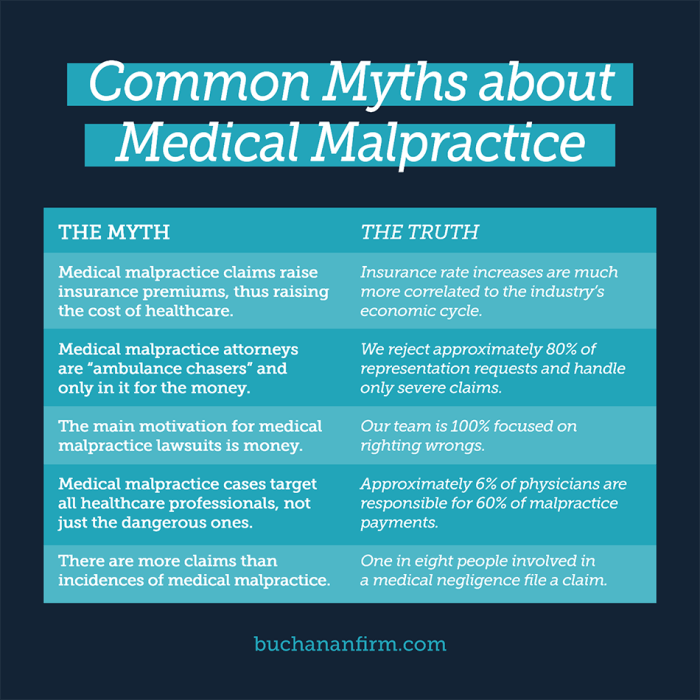Why have many courts rejected educational malpractice lawsuits – Delving into the intricacies of educational malpractice lawsuits, this article explores the legal landscape that has shaped their rejection by many courts. From the legal basis to common reasons for dismissal, this analysis provides a comprehensive understanding of the challenges faced by plaintiffs in these cases.
Courts have employed various legal doctrines and principles to reject educational malpractice lawsuits, ranging from the lack of a legal duty to the difficulty in proving causation. This article delves into the case law, identifying the key arguments made by defendants and the factors that have contributed to the low success rate of such lawsuits.
Why Have Many Courts Rejected Educational Malpractice Lawsuits?

Educational malpractice lawsuits have been filed by parents and students against schools and educators for alleged negligence or misconduct that has resulted in educational harm. However, many of these lawsuits have been rejected by courts, leading to the question of why this has occurred.
There are several reasons why courts have rejected educational malpractice lawsuits. One reason is the lack of a legal basis for such lawsuits. In most jurisdictions, there is no specific law that creates a cause of action for educational malpractice.
Instead, plaintiffs must rely on general negligence or tort law to bring their claims.
Another reason for the rejection of educational malpractice lawsuits is the difficulty in proving causation. In order to succeed in an educational malpractice lawsuit, the plaintiff must prove that the school or educator’s negligence or misconduct was the direct cause of the student’s educational harm.
This can be difficult to prove, especially in cases where there are other factors that may have contributed to the student’s difficulties.
Legal Basis for Educational Malpractice Lawsuits
The legal basis for educational malpractice lawsuits is generally found in negligence law. Negligence is the failure to exercise the care that a reasonable person would have exercised in the same situation. In order to prove negligence, the plaintiff must show that:
- The school or educator owed a duty of care to the student.
- The school or educator breached that duty of care.
- The breach of duty caused the student’s educational harm.
- The student suffered damages as a result of the educational harm.
In some cases, educational malpractice lawsuits may also be based on other legal theories, such as breach of contract or fraud. However, negligence is the most common legal basis for these lawsuits.
Common Reasons for Rejection of Educational Malpractice Lawsuits
There are several common reasons why courts have rejected educational malpractice lawsuits. These reasons include:
- Lack of a legal basis for the lawsuit.
- Difficulty in proving causation.
- The doctrine of sovereign immunity.
- The First Amendment.
The doctrine of sovereign immunity protects government entities from lawsuits. In some cases, schools and educators may be immune from educational malpractice lawsuits because they are considered government entities. The First Amendment protects the right to freedom of speech. In some cases, courts have dismissed educational malpractice lawsuits because they involve claims that the school or educator violated the student’s First Amendment rights.
Impact of Legal Rejections on Educational Practice
The rejection of educational malpractice lawsuits has had a significant impact on educational practice. Schools and educators are now less likely to be held liable for the educational harm that they cause. This has led to a decrease in the number of educational malpractice lawsuits being filed.
It has also made it more difficult for students and parents to hold schools and educators accountable for their negligence or misconduct.
Alternative Dispute Resolution Mechanisms, Why have many courts rejected educational malpractice lawsuits
In light of the difficulties associated with educational malpractice lawsuits, alternative dispute resolution mechanisms have become increasingly popular. These mechanisms, such as mediation and arbitration, provide a less adversarial and more efficient way to resolve disputes between students, parents, and schools.
Mediation is a process in which a neutral third party helps the parties to reach a mutually acceptable agreement. Arbitration is a process in which a neutral third party makes a binding decision on the dispute.
Alternative dispute resolution mechanisms can be a valuable tool for resolving educational disputes. These mechanisms can help to preserve relationships between the parties and can be less expensive and time-consuming than litigation.
Comparative Analysis of Educational Malpractice Laws Across Jurisdictions
The laws governing educational malpractice lawsuits vary from jurisdiction to jurisdiction. In some jurisdictions, there is no specific law that creates a cause of action for educational malpractice. In other jurisdictions, there are specific statutes that govern these lawsuits. The variations in the laws governing educational malpractice lawsuits can lead to different outcomes in similar cases.
For example, in some jurisdictions, courts have been more willing to find that schools and educators are liable for educational malpractice. In other jurisdictions, courts have been more reluctant to find liability. These variations in the law can make it difficult for students and parents to know what their rights are and how to pursue them.
Frequently Asked Questions
What is the legal basis for educational malpractice lawsuits?
Educational malpractice lawsuits are based on the legal theory of negligence, which requires proof of a duty of care, breach of that duty, causation, and damages.
What are the common reasons for the rejection of educational malpractice lawsuits?
Courts have rejected educational malpractice lawsuits for various reasons, including the lack of a legal duty owed by educators to students, the difficulty in proving causation between the educator’s actions and the student’s alleged harm, and the presence of qualified immunity for educators in some jurisdictions.
What is the impact of the rejection of educational malpractice lawsuits on educational practice?
The rejection of educational malpractice lawsuits can have a negative impact on educational practice by limiting the accountability of educators and schools for their actions and potentially discouraging innovation and risk-taking in the classroom.


